15 Most Common Mistakes Made by Fish Owners
Fish tanks may look easy to care for, but the process is anything but passive. Behind the glass, delicate ecosystems depend on stable chemistry and consistent routines. This requires careful planning, which even well-meaning fish owners often overlook.
Most problems arise from small, repeated mistakes that accumulate over time. This list covers the most common missteps that compromise fish health and tank stability.
Feeding More Than They Can Handle
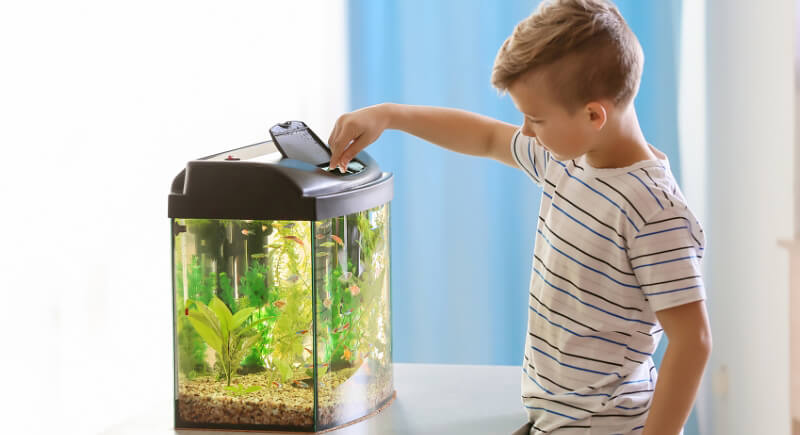
Credit: Canva
Fish eat fast but digest slowly. Any food they don’t eat within three minutes starts breaking down in the tank and turns into waste. This fuels ammonia spikes, cloudy water, and algae blooms. Instead of overestimating, use a slight pinch or feeding tool and observe how much actually gets eaten.
Squeezing Too Many Fish Into One Tank
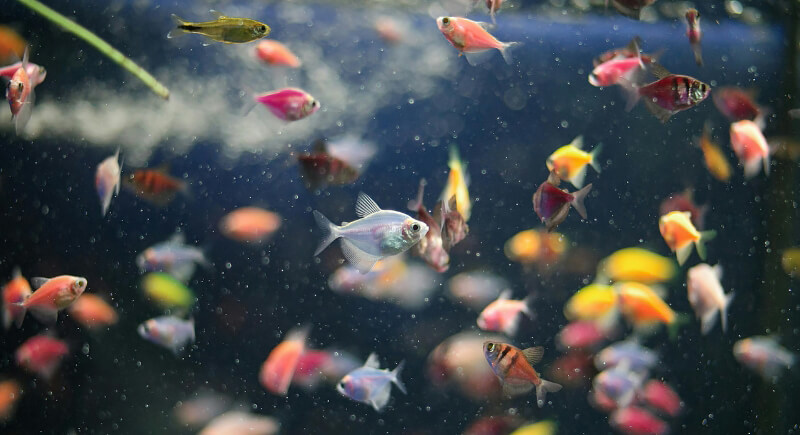
Credit: pexels
Every fish adds more waste and needs its own swimming and hiding space. Tanks with too many fish get dirty faster and increase stress-related illnesses. Size matters here, so don’t judge fish by their appearance in the store. Research their adult size before you buy, not after they start outgrowing the tank.
Ignoring Water Changes Because It Looks Clean
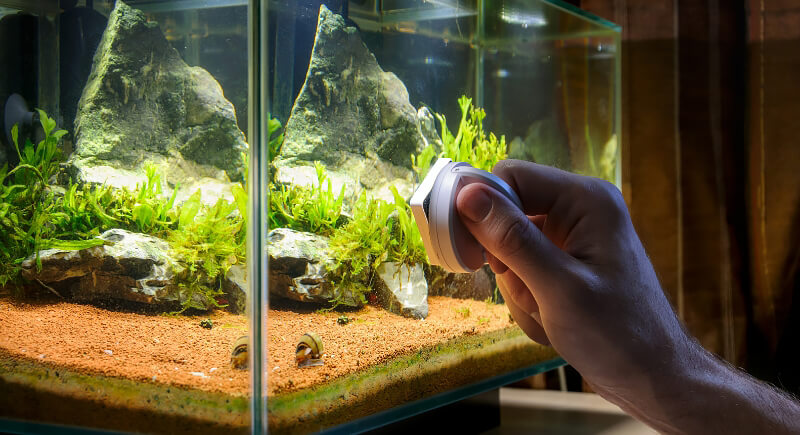
Credit: Getty Images
Aquarium filters can’t remove everything. Water changes dilute nitrates, replenish minerals, and help control hormones that fish release into the water. Even if the tank looks clean, replace 10–25% of the water each week. It’s the single most effective habit for long-term tank stability.
Washing Filters with Tap Water

Credit: Reddit
Chlorine in tap water can destroy the beneficial bacteria that your aquarium filter depends on. These microbes process the ammonia and nitrite produced by fish waste to maintain water safety. To protect them, rinse filter sponges and media in tank water during water changes rather than under the tap. This simple habit preserves your biofilter and supports a stable, healthy aquarium environment.
Not Testing Water Before Adding Fish

Credit: pexels
If you add fish before confirming water quality, you risk exposing them to unstable conditions. Test for ammonia, nitrite, nitrate, and pH using a reliable kit. In new tanks, test daily during the first week. If readings aren’t stable, hold off on adding the fish.
Unstable Water Temperature
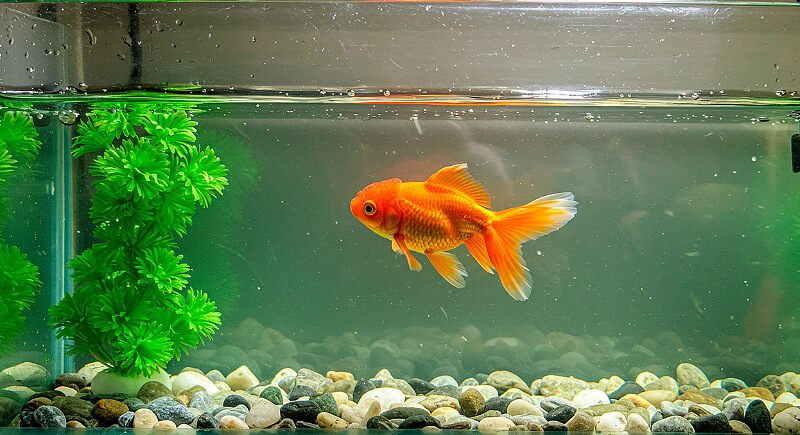
Credit: Canva
Sudden temperature changes weaken fish’s immunity and trigger stress. Small tanks shift quickly if they’re near windows, heaters, or air vents. Use a reliable heater if your fish need warm water, and check the temperature daily.
Impulse Buying Without Research

Credit: Canva
Pet stores often sell fish based on looks, not long-term needs. Some grow massive, need salt in their water, or won’t tolerate other species. One glance at their tank card won’t tell you the whole story. A five-minute online search can save you from future aggression or expensive mistakes. Always confirm the size, behavior, and habitat needs of new fish before introducing them to your setup.
Incompatible Tankmates
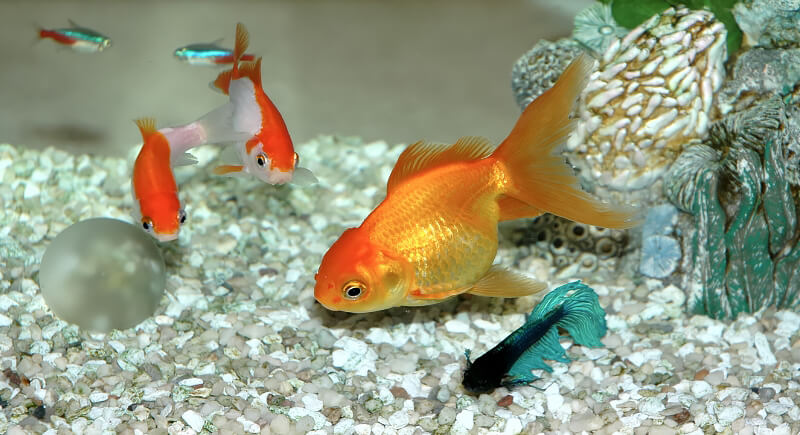
Credit: Getty Images
Mixing peaceful species with territorial or aggressive ones can lead to injuries and death. Bettas, cichlids, and Oscars are common problem cases. Even fish that tolerate each other as juveniles may clash as they grow. Use species compatibility charts or consult a professional before combining fish.
Skipping Quarantine for New Fish

Credit: iStockphoto
Fish don’t always show symptoms right away. A healthy-looking newcomer might still carry parasites or bacteria. A separate tank allows you to observe the behavior and health of the fish for two to four weeks before introducing it to your main tank. It’s a hassle upfront, but it can prevent major outbreaks and lost fish.
Underfeeding or Irregular Feeding

Credit: Getty Images
While overfeeding is common (as mentioned earlier), underfeeding weakens fish over time. Nutrient deficiencies reduce immunity and energy levels. Feed high-quality food in small, consistent portions. Watch for signs of weight loss, color fading, or sluggish behavior. These may point to poor nutrition or feeding habits.
Using Untreated Tap Water
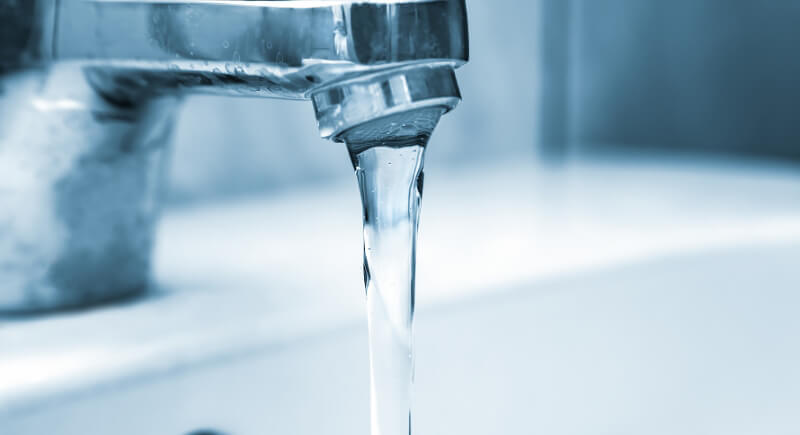
Credit: Getty Images
Most tap water contains chlorine or chloramine, which damages fish gills and beneficial bacteria. Use a water conditioner that neutralizes both before adding new water to your tank. Never use soap on tank items—hot water or a diluted, thoroughly rinsed bleach solution is safer.
Excessive Lighting
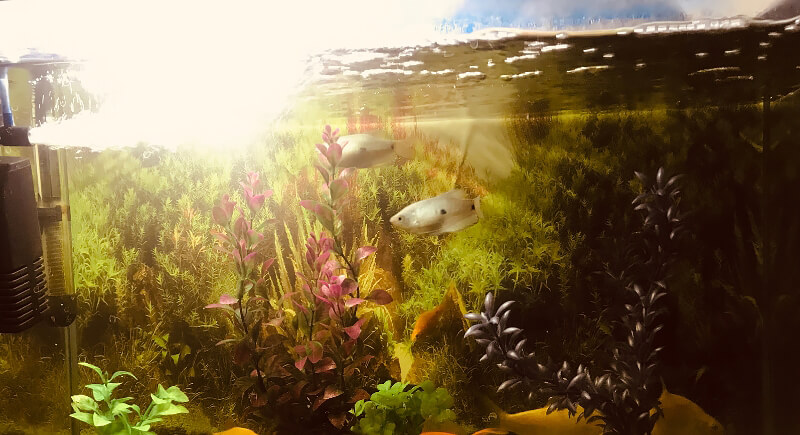
Credit: Getty Images
Fish don’t need light all day, and neither does your tank. Long light cycles feed algae and mess with oxygen levels overnight. If you’re not growing live plants, aim for 6–8 hours of light daily. A simple timer helps avoid forgetting, especially if your tank doesn’t get natural darkness.
No Backup Plan for Vacations

Credit: pexels
Fish still need daily care when you’re gone. If you’re away for more than a couple of days, ask someone to check on the tank. Pre-portion food and write simple instructions. Automatic feeders are effective in short-term situations, but no gadget can detect a heater failure or filter issue.
Stocking Too Fast

Credit: Getty Images
Even if your tank appears ready, bacterial colonies require time to establish themselves. Adding fish in large batches can spike ammonia and nitrite levels, potentially stressing or killing your new additions. Wait until water tests show zero ammonia and nitrite, then add fish gradually over days, not hours.
Guessing at Disease Treatment

Credit: Getty Images
Using medication without a precise diagnosis can harm your fish and disrupt the balance of your tank. Many treatments damage biofilters or cause healthy fish to fall sick. If you suspect an illness, gather water test results, observe symptoms closely, and seek advice from a veterinarian, a store expert, or an aquatics forum before treating.